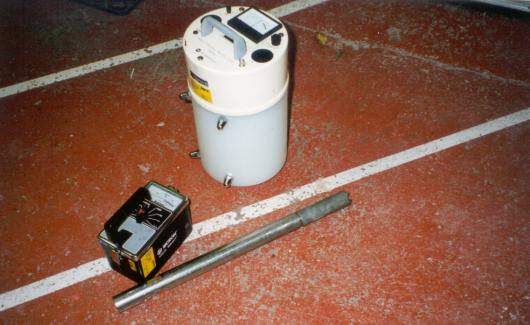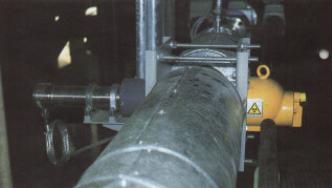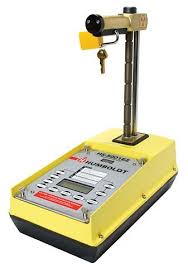Nucleonic gauges
|
Applications related to Nucleonic Gauges are to be processed through the eLORA portal only |
Nucleonic Gauges are also known as Ionizing Radiation Gauging Device (IRGDs). These are equipment extensively used in many industries. A nucleonic gauge is used for reliable non-destructive measurement and ideal for adverse industrial environments, including high-temperature and high-pressure conditions. It is used for determination of thickness of steel plate, paper, film; measurement of density and composition of materials; level measurement; control of process material in closed containers i.e. mould level measurement; moisture content in blast furnace; analysis of ores and minerals etc.
Nucleonic Gauges mostly use radioactive sources (normally of milli-curie activity). The radiation shields, useful beam controls and other components form an integral part of the device.
In our country around 1800 institutions use 9000 Nucleonic gauges in various industries such as
- Steel, paper, film industries for thickness measurement
- Petroleum and mining companies, to locate the oil, natural gas reservoirs, coal reservoirs, its quantity and mineral deposits;
- Construction companies, to measure the moisture and density of material in road construction
- Electronic industries to measure the thickness of plating of precious metals on circuit boards or electrical contacts
- Chemical companies to measure the level of liquid in reaction vessels, density of material
- Cigarette industries to measure density of tobacco
- Cement industries for elemental analysis of lime stone
There are mainly two types of nuclear gauges, Fixed and Portable::
- Fixed gauges are most common with Cobalt 60 (Co-60) and Cesium 137 (Cs-137) sources (gamma emitters)
- Portable gauges most common with (gamma/photon emitter) Cesium 137 (Cs-137) and (neutron emitter) Americium 241/Beryllium (Am- 241/ Be), Ra-Be, Cf-252.
Fixed gauges are widely used in factories for online monitoring of production process and ensuring quality control. For example fixed gauges used in a paper mill can measure the thickness of a sheet of paper/ film as it leaves the presses. Portable gauges are used in industries such as agriculture, construction and civil engineering to measure parameters like the moisture in soil, and the density of asphalt in a paving mix.
As these contain radioactive material, the use and possession of the Nucleonic Gauges need to be regulated.
Some commonly used nucleonic gauges and their packages
Why do they need to be regulated?
The major issue with safety in the use of these sources is when the gauges are not periodically accounted for and when there are no provisions for their safe storage. In most instances, there is a significant time lapse between installation of the fixed gauge and the end of useful life of either the radioactive source (it continues to be radioactive) or equipment, where it was installed. This usually results in the presence of source slowly being forgotten. Further, there could be an accumulation of layers of dirt & oil which may cover any radiation warning signs/labels, and the gauge with source is simply left at the site of installation or in storage place. Added to this, there could be changes in the management, the working or the safety personnel and lack of proper procedures for handing over of these sources.
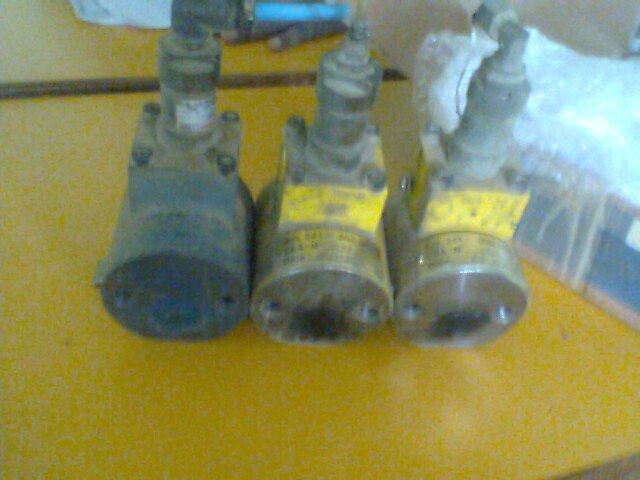 |
An Example of vulnerable Sources: These decrepit nucleonic gauges were retrieved by AERB officers from a company located at Varanasi, involved in sorting and threading of cotton. This company had procured these gauges to carry out density measurements in 1998. There was a change in management and personnel and the present management was unaware of the presence of these sources. |
Similarly, the portable gauges are vulnerable to loss or theft and could exchange hands with persons ignorant about the device containing a radiation source.
The implication of neglect of nucleonic gauges, is that they could all eventually be disposed of as scrap and end up in the metals recycling industries. Once the device with source is melted down, it results in the contamination of the foundry and the manufactured articles from metals of such foundries.
HOW to use these equipment safely?
 |
Ensure servicing and maintenance by agencies authorised by the original equipment manufacturers. |
||
 |
Obtain periodic training on radiation safety |
||
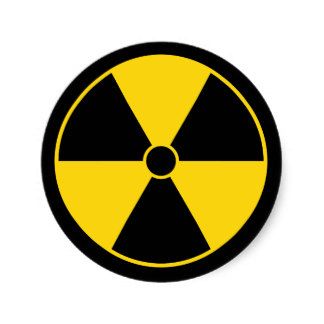 |
Watch out for devices with such radiation symbols |
||
 |
Carry out periodic audit of all gauges |
||
 |
Ensure proper storage and locking mechanism for portable gauges |
||
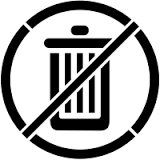 |
Do not dispose in trash or do not send to scrap. It is illegal. |
||
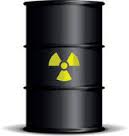 |
Obtain proper permissions, for disposal either by a) exporting the gauge to supplier or b) disposal within the country at an authorised disposal site.Old Institution(s) possessing disused Nucleonic Gauges (NGs) containing radioactive source(s) find it difficult to dispose the disused NGs due to non-availability of the trained personnel with them. They may approach the NG- Suppliers (if required), who have agreed to provide support for getting the NGs disposed. |
||
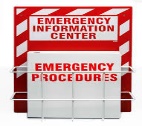 |
Formulate the emergency action plans, display emergency contacts & action plans. |
||
|
Ensure physical security of guages at all times. |
Comply with AERB regulations. Possession of source without AERB's approval is illegal. Inform AERB if there could be a change in licencee or other key personnel.


